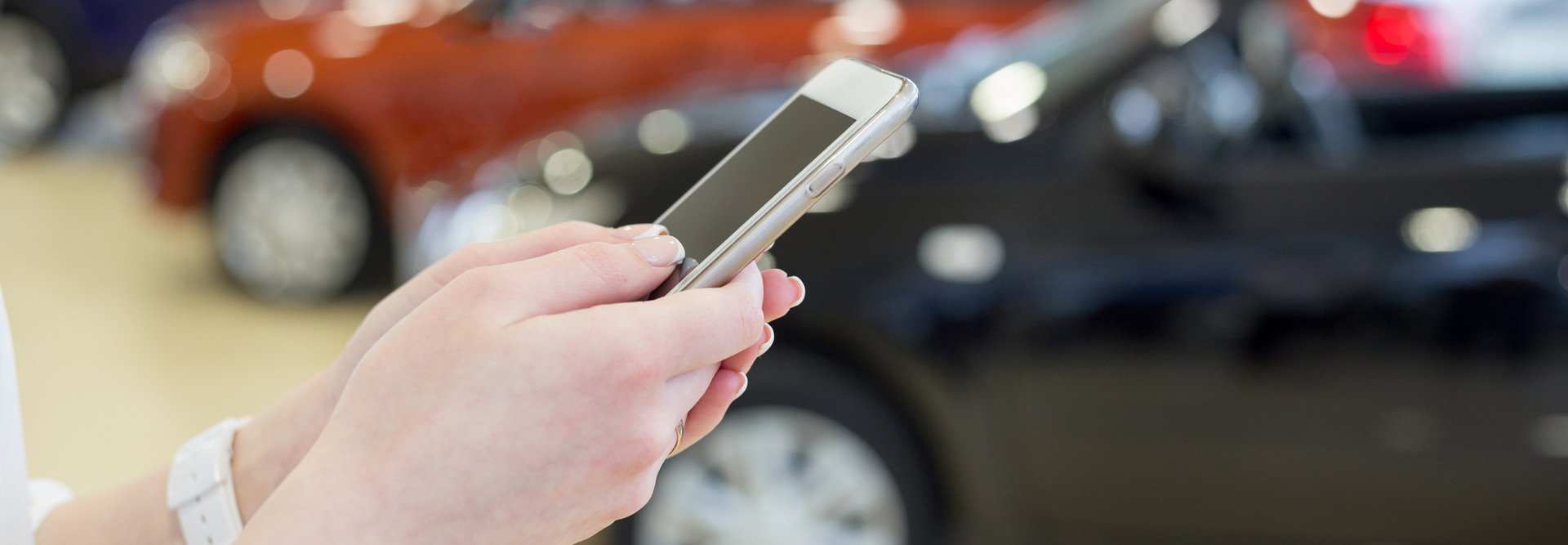That was a stopgap measure, however. “Our next step was to upgrade our e-commerce to accommodate BOPIS, or buy online, pickup in-store,” Desai said. Customers select their tires and make installation appointments online. When they arrive for their installation, they’re greeted by an employee who checks them in by scanning a QR code on the customer’s phone. “That required us to have Wi-Fi outside the store in the parking lot,” Desai said, noting that the company deployed Meraki Wi-Fi access points at its stores throughout the country. “Then we wrote another application for our wait list, which tells the customer their spot in the queue.”
After that, customers simply pull into the service bay for their tire installation. If they haven’t already paid online, they can do so with touchless credit card technology at the store.
AutoNation Enables a Touchless Car-Buying Experience
The story at AutoNation, one of the largest used-car dealership chains in the country with 360 retail locations, was similar — and scary. “Our business was substantially impacted,” explained Adam Rasner, the company’s vice president of technology operations. “Sales dropped 60 to 70 percent. We went through a 7,000-person furlough; 3,500 of those became permanent layoffs. It was a very strange time.”
It was also a time when company leadership decided that it would have to make its digital transformation plans a higher priority.
“We were going through a digital transformation long before COVID came around,” Rasner said. “The ability to go online, buy a car, do your financing, pick out your extras, and really do almost everything online — that’s something we were already working on. But COVID turned that from a nice-to-have and something we’re working on to the very highest thing on our list. Customers didn’t want to go into dealerships, but they still wanted to buy cars, and we needed to transact as much of the deal digitally as possible. We moved into hyperspeed to make those things happen faster.”
MORE FROM BIZTECH: What do IT leaders need to know about networking's new normal?
Companies’ Digital Transformations Will Continue
Desai said Discount Tire was working to transform its customer experiences before the pandemic hit, but the sudden disruption required it to accelerate its efforts. The company has no plans to return to its former sales model after the public health crisis is over. On the contrary, it’s clear that the touchless model is better for customers and the company alike.
“For customers, it’s a great experience; for us, it also cuts costs down,” he said. “Our stores today are 50 percent service bays, 50 percent sales area. That will change: We won’t need that kind of retail real estate to support the business. It will mostly just be service bays. That reduces our footprint by a lot. That reduces our costs, and in dense locations like New York and New England, we can put more stores in and grow our revenue.”
Discount Tire isn’t finished reinventing itself, however. Desai said that to attract younger consumers, it must continue to build experiences that are even more seamless, automated and mobile. So, in coming months the company will deploy beacon technology that will alert store personnel when a customer is arriving; smart cameras that will scan cars’ VIN numbers to identify them; and easy self check-in.
“You’ll be out in 15 to 20 minutes in a fully automated experience,” he said. “A lot of automation and a lot of applications went in to get us to this state. Evolution is the right word — it was a step-by-step evolution, but when you combine it all together, it’s a very big deal. We changed the model.”
To keep up with our coverage of Cisco Live 2021, bookmark this page, follow us on Twitter at @BizTechMagazine or the official conference Twitter account, @CiscoLive, and join the conversation using hashtag #CLUS.











